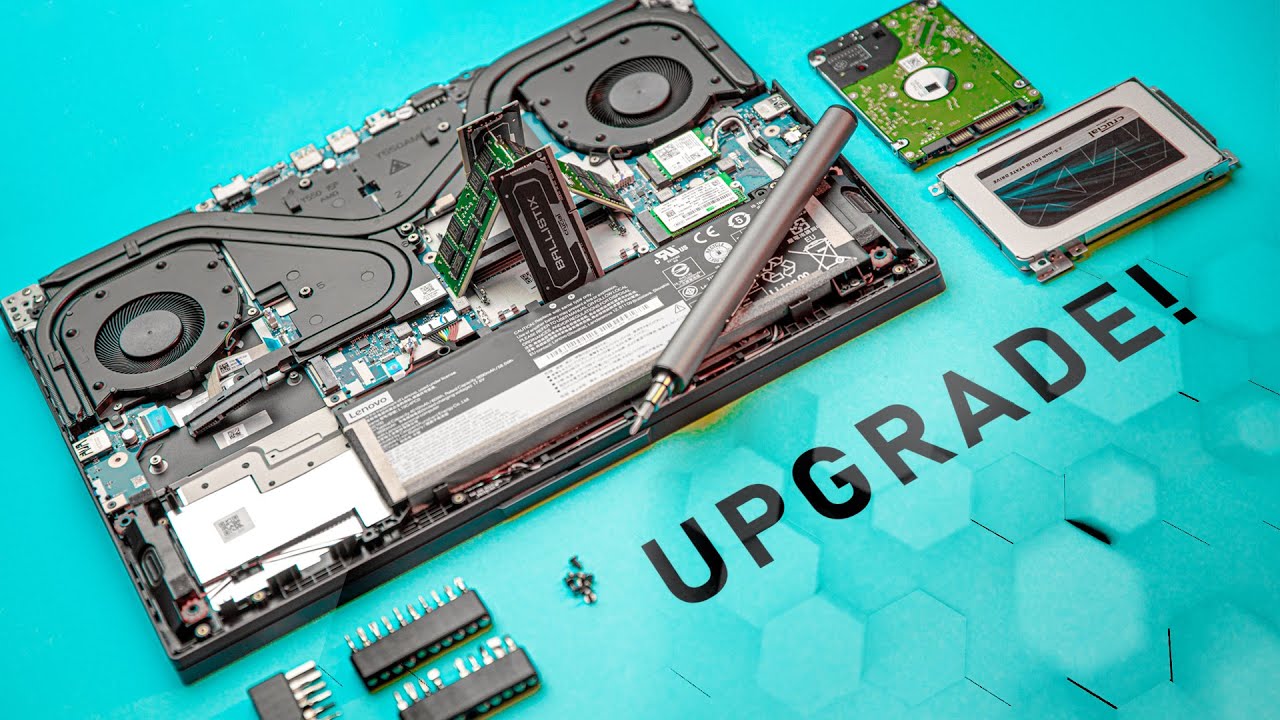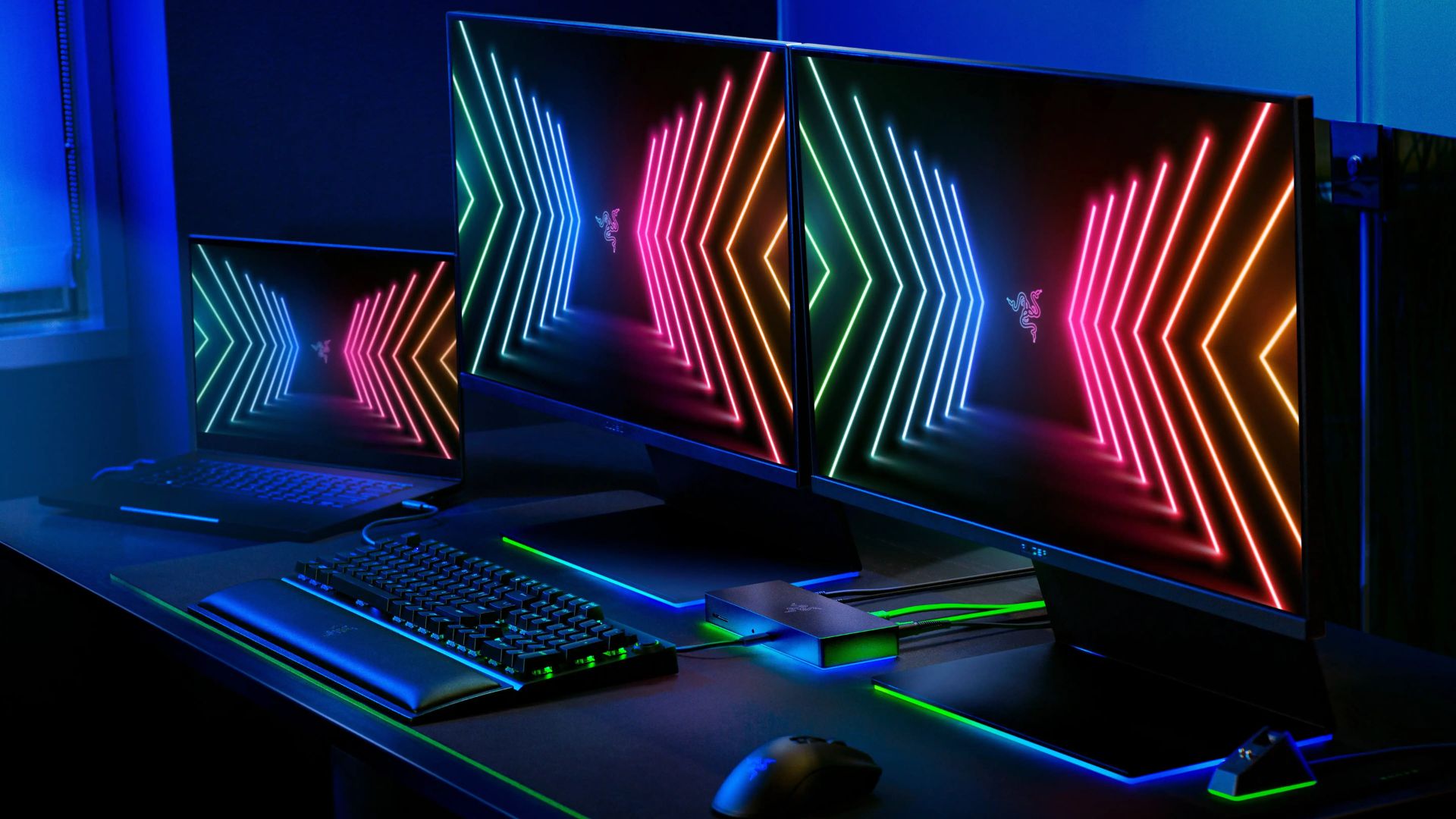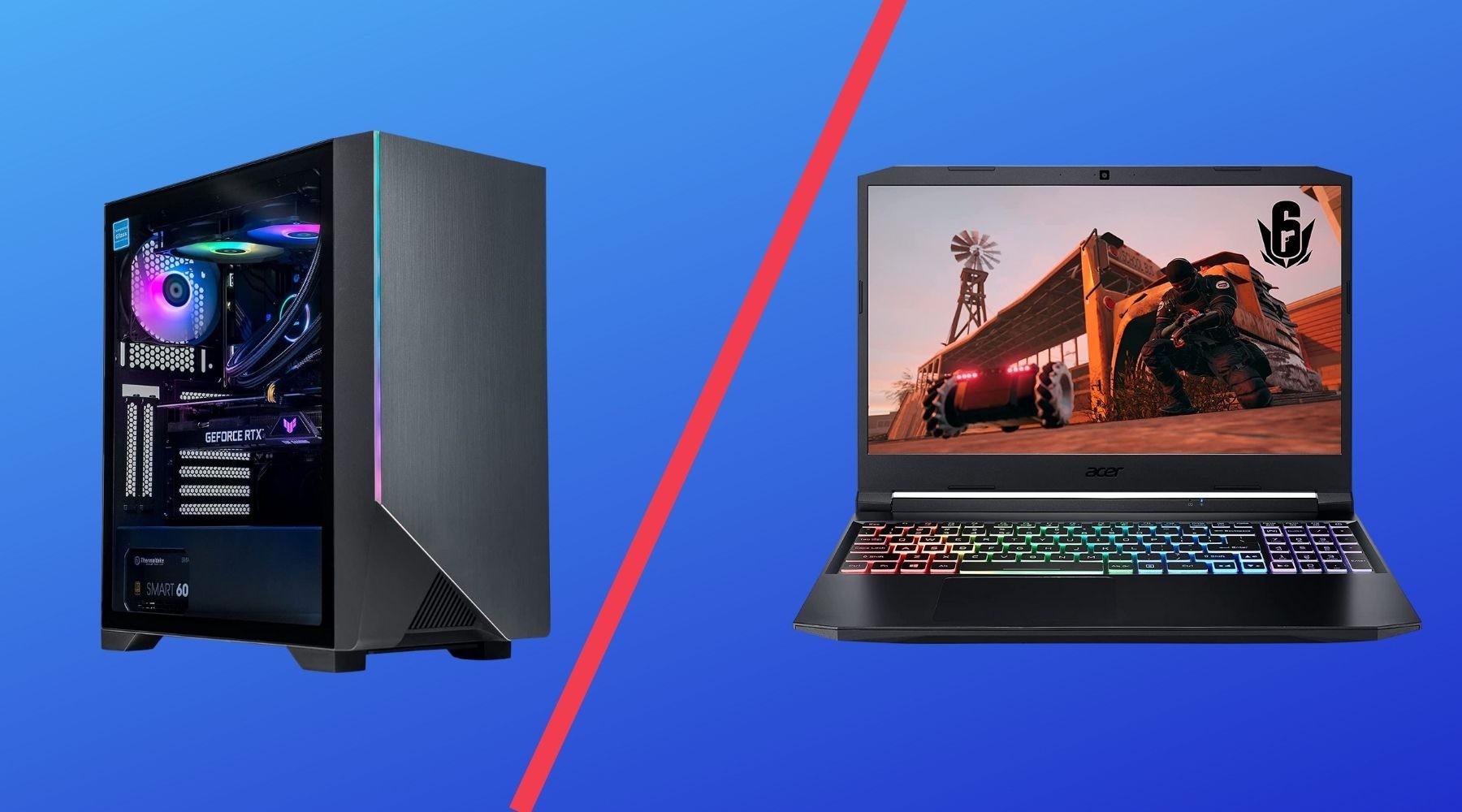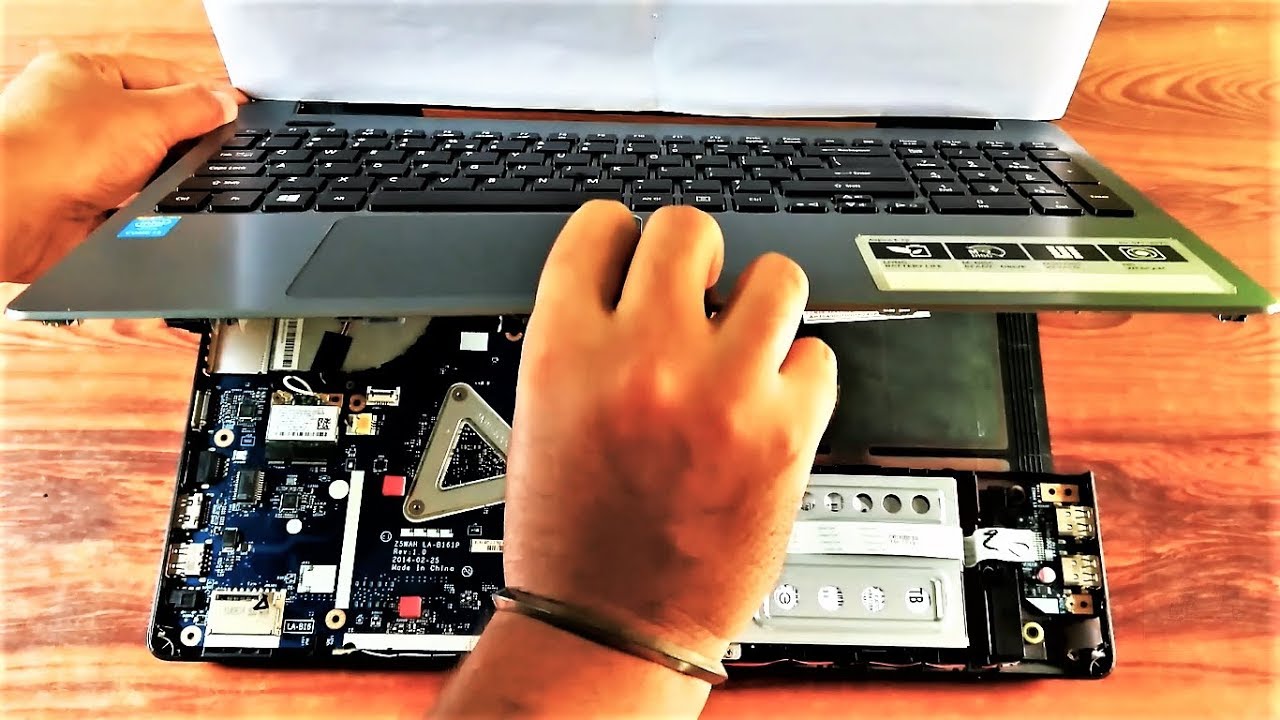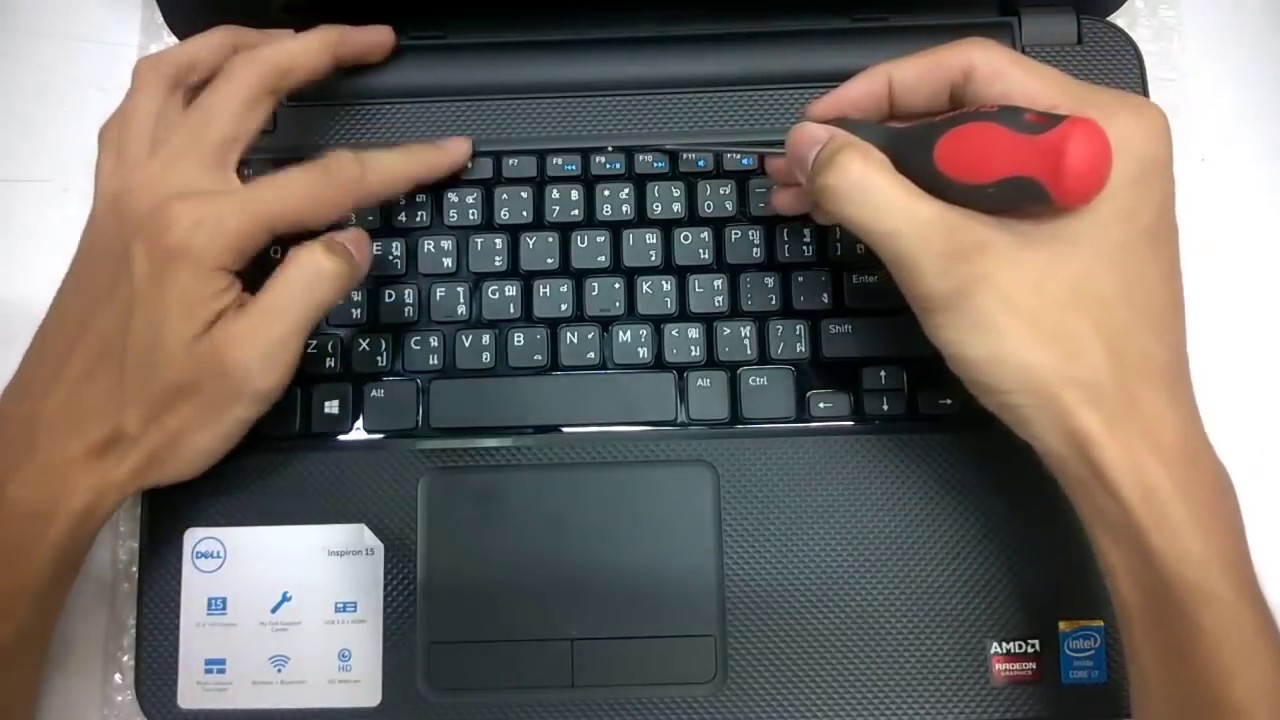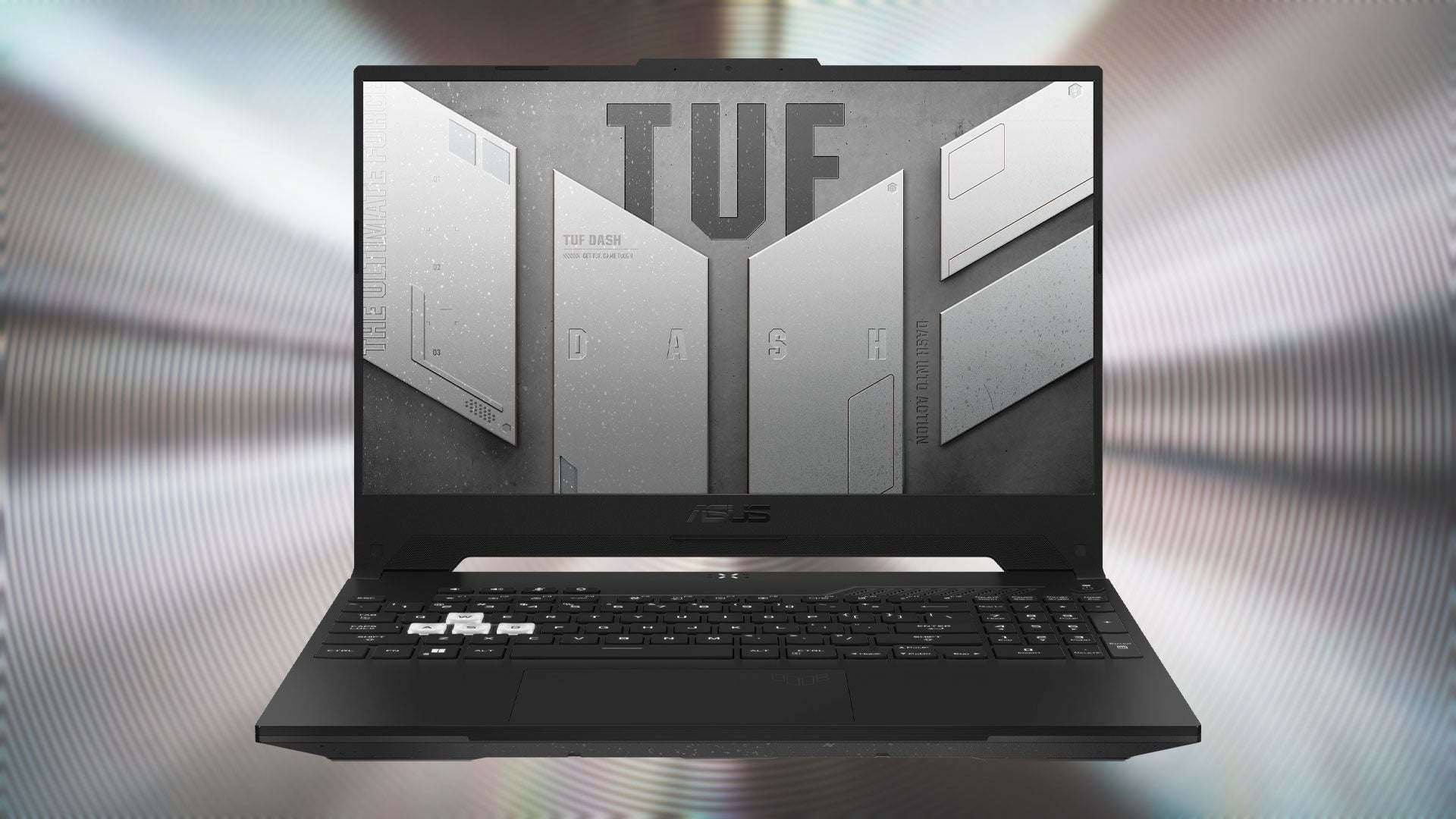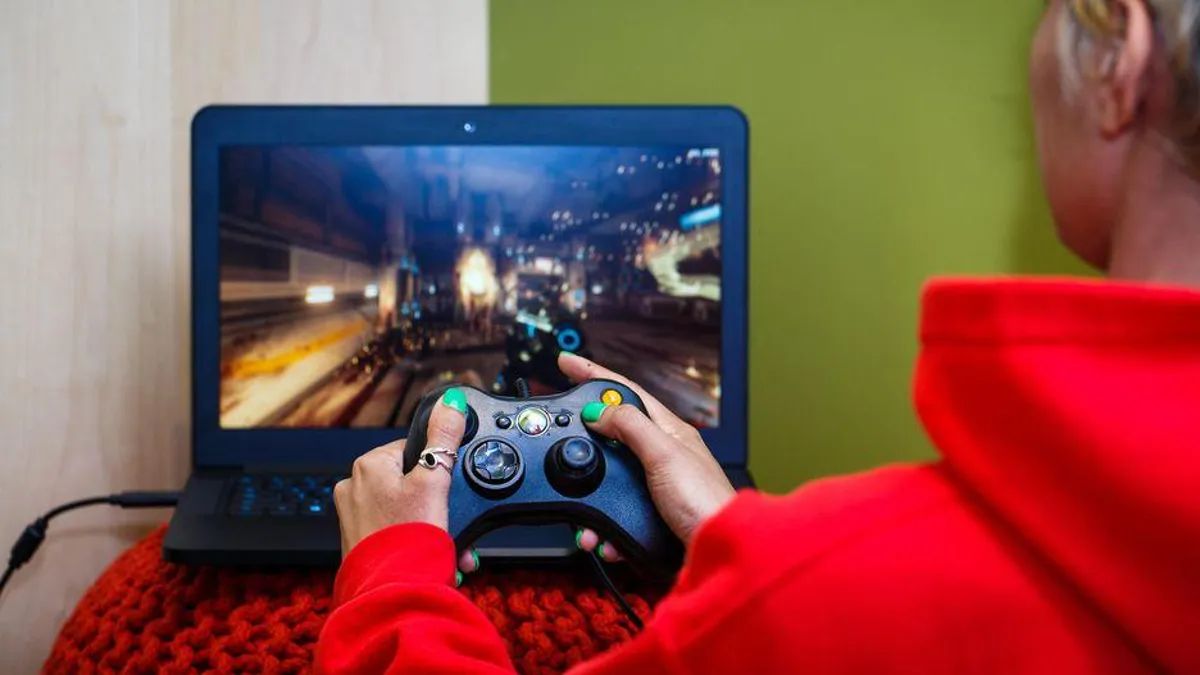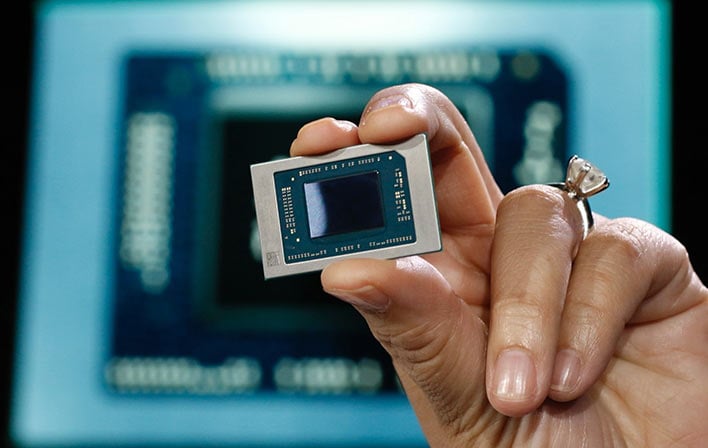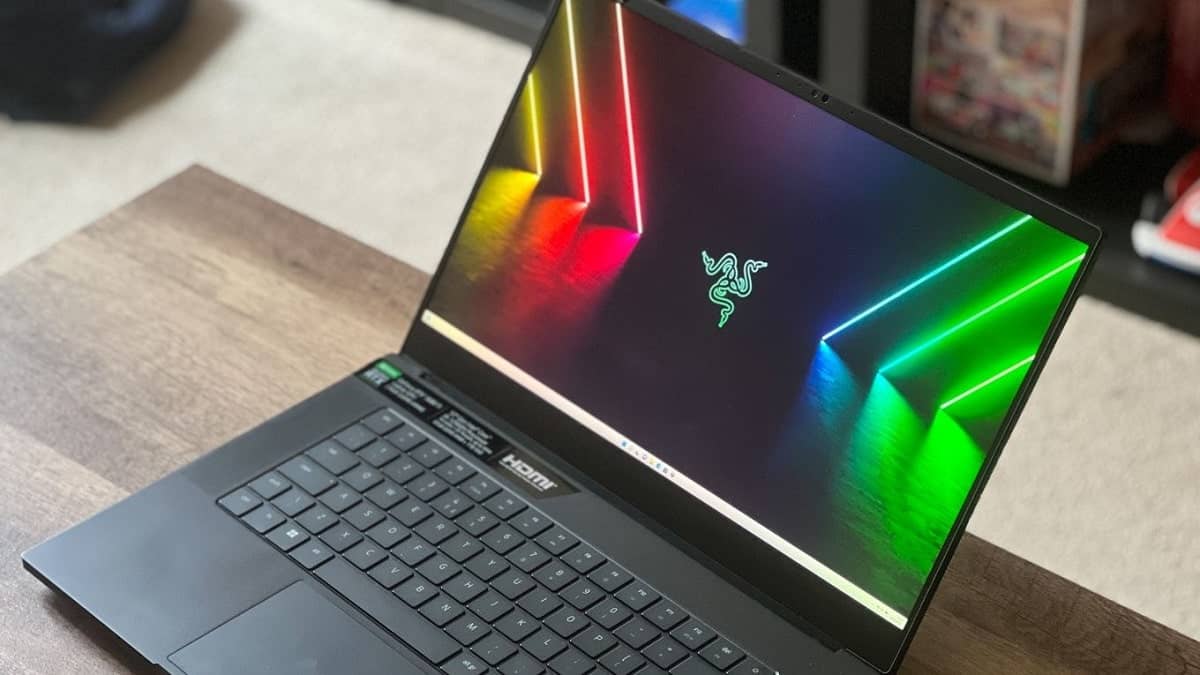Introduction
Gaming has become an incredibly popular pastime, and having a reliable and powerful gaming laptop is essential for enjoying the latest games with impressive graphics and smooth gameplay. However, as technology advances, the hardware of your gaming laptop can become outdated, limiting its performance and preventing you from playing the latest games at optimal settings. Luckily, there are several upgrades you can make to improve the performance of your gaming laptop.
In this article, we will explore the various upgrades you can consider to boost your gaming laptop’s capabilities. From upgrading the RAM to enhancing the cooling system, we will cover all the essential components to consider when seeking to maximize your gaming laptop’s potential.
Before diving into the upgrade options, it is crucial to assess the current specifications of your gaming laptop. Take a closer look at your device’s processor, RAM, graphics card, storage, and display. This assessment will help you identify the components that could benefit from an upgrade.
While upgrading your gaming laptop can improve its performance, it is important to note that the feasibility and effectiveness of upgrades can vary from one laptop model to another. It is recommended to consult your laptop’s manual or the manufacturer’s website for specific upgrade compatibility and instructions.
Now, let’s explore the various components of a gaming laptop that you can consider upgrading to enhance your gaming experience.
Assessing Your Gaming Laptop’s Specs
Before you start upgrading your gaming laptop, it is crucial to assess its current specifications. This will help you determine which areas can benefit from an upgrade and ensure compatibility with the new components you plan to install.
The first component to evaluate is the processor. Check the model and speed of your current CPU. Is it a quad-core, six-core, or even an eight-core processor? Higher core counts and faster clock speeds generally result in better performance, especially in multi-threaded tasks such as gaming.
Next, examine the RAM capacity of your laptop. A higher amount of RAM allows for smoother multitasking and better overall performance. Determine if your laptop has sufficient RAM for running your favorite games. If not, consider upgrading to a higher capacity module or adding additional RAM sticks.
The graphics card is a crucial component for gaming laptops. Determine if your laptop uses an integrated graphics card built into the processor or if it has a discrete graphics card. Integrated graphics are generally less powerful and share system memory, while discrete graphics cards have dedicated memory and can provide better gaming performance. If your laptop has a discrete graphics card, check its capabilities and compare them to the minimum requirements of the games you want to play. If it falls short, upgrading the graphics card might be necessary.
Storage is another important factor to consider. Determine the type of storage your laptop currently has – whether it’s a traditional hard drive (HDD) or a solid-state drive (SSD). SSDs offer faster data transfer speeds and improved boot times compared to HDDs. Consider upgrading to an SSD or, if your laptop has space for multiple drives, adding an SSD as a secondary storage device for faster game loading times.
Lastly, evaluate your laptop’s display. Consider the screen size, resolution, and refresh rate. Larger screens provide a more immersive gaming experience, higher resolutions result in crisper visuals, and higher refresh rates offer smoother gameplay. Determine if your current display meets your gaming preferences, and if not, consider upgrading to a larger, higher resolution, or higher refresh rate display.
By thoroughly assessing your gaming laptop’s specifications, you can pinpoint the areas that require an upgrade to optimize its performance for gaming. Remember to take note of the specific model numbers and compatibility requirements of the components you plan to upgrade, ensuring a seamless and successful upgrade process.
Upgrading the RAM
One of the most effective ways to enhance your gaming laptop’s performance is by upgrading its RAM (Random Access Memory). RAM plays a critical role in the smooth operation of your laptop, especially when running resource-demanding games and applications.
Start by checking the current RAM capacity of your gaming laptop. If you find that your laptop struggles to keep up with modern games or tends to slow down during multitasking, it might indicate that you need a RAM upgrade.
When upgrading the RAM, there are two main factors to consider: capacity and speed. The capacity refers to the total amount of RAM your laptop can support, while the speed determines how quickly the RAM can transfer data to and from the processor.
The minimum recommended RAM capacity for gaming laptops is usually 8GB, but if you’re a serious gamer or plan to run resource-intensive programs, upgrading to 16GB or even 32GB can significantly improve your laptop’s performance.
Additionally, consider the speed of the RAM modules. Faster RAM allows for quicker data transfer, resulting in smoother gaming experiences. However, it’s essential to check your laptop’s compatibility with different RAM speeds before making a purchase. Some laptops can only support certain speeds, so be sure to consult the manufacturer’s specifications or documentation.
Upgrading the RAM on a gaming laptop is typically straightforward. Locate the RAM slots on your laptop’s motherboard, remove the existing RAM sticks, and insert the new ones. Make sure to follow proper handling techniques, such as grounding yourself to prevent any electrostatic discharge, and consult the laptop’s manual for specific instructions if needed.
After installing the new RAM modules, restart your laptop to ensure that it recognizes the upgraded RAM capacity. You can verify this by checking your laptop’s system information or task manager.
By upgrading your gaming laptop’s RAM, you can experience faster load times, smoother multitasking, and improved overall performance. It is a cost-effective upgrade that can provide a noticeable boost to your gaming experience without requiring significant technical expertise.
Upgrading the Graphics Card
The graphics card is one of the most critical components in a gaming laptop, as it directly impacts the quality of graphics and the overall gaming experience. If you find that your current graphics card is struggling to handle the latest games, upgrading it can significantly improve your laptop’s gaming performance.
When considering a graphics card upgrade, the first step is to determine if your laptop has a discrete graphics card or if it relies on integrated graphics. Integrated graphics are usually built into the processor and share system memory, while discrete graphics cards have dedicated memory and provide superior gaming performance.
If your laptop already has a discrete graphics card, you can consider upgrading to a higher-end model with better capabilities. Research the minimum requirements for the games you want to play and compare them to the specifications of your current graphics card. If it falls short, upgrading to a more powerful graphics card can unlock the potential for smoother frame rates and improved visual fidelity.
However, upgrading the graphics card in a gaming laptop can be more challenging than upgrading a desktop. Most laptops have their graphics cards soldered onto the motherboard, making them non-upgradable. In these cases, unfortunately, you won’t be able to upgrade the graphics card. Therefore, it is crucial to check your laptop’s specifications and consult the manufacturer or user manual to determine if a graphics card upgrade is feasible.
If your laptop does have a removable graphics card, the upgrade process will likely involve removing the existing card and replacing it with a new one. However, it’s essential to ensure that the new graphics card is compatible with your laptop’s power supply, cooling system, and physical dimensions.
Before upgrading the graphics card, make sure to update your laptop’s drivers to the latest versions. This will ensure compatibility and help optimize the performance of the new graphics card.
Overall, upgrading the graphics card in a gaming laptop can significantly enhance its gaming capabilities. However, due to the complexity involved, it is crucial to research your laptop’s specifications and consult professional guidance if necessary. Upgrading the graphics card may not always be feasible in every laptop model, so it’s essential to carefully consider the upgrade options available to you.
Upgrading the Hard Drive or SSD
When it comes to storage in gaming laptops, you have two main options: a traditional hard drive (HDD) or a solid-state drive (SSD). Upgrading your laptop’s storage can greatly improve loading times, reduce game stuttering, and enhance overall system responsiveness.
If your gaming laptop currently uses a traditional hard drive, consider upgrading to an SSD. SSDs offer significantly faster data transfer speeds, resulting in faster load times for games and applications. They also have no moving parts, making them more durable and less susceptible to damage from physical shock or movement.
The first step in upgrading your storage is to determine if your gaming laptop has an extra storage slot or if you’ll need to replace the existing drive. If your laptop has an extra slot, you can simply add an SSD as a secondary drive, allowing you to keep your existing HDD for additional storage.
On the other hand, if your laptop has limited storage slots, you may need to replace the existing drive with an SSD. In this case, ensure that you have a backup of all your important files before proceeding, as replacing the drive will erase all data.
When choosing an SSD, consider the capacity you require. Gaming laptops typically benefit from larger storage capacities to accommodate the size of modern games. Aim for at least 500GB or higher if your budget allows.
After acquiring the SSD, you’ll need to install it in your gaming laptop. This process can vary depending on the laptop model, so consult the user manual or manufacturer’s website for specific instructions.
Before transferring your data or reinstalling games and applications, make sure to update your laptop’s drivers to the latest versions. This ensures optimal compatibility and performance with the new storage drive.
Once the SSD is installed and drivers are updated, you can transfer your files and reinstall your games and applications. Consider using migration software or manually copy important files to the new SSD for faster access. It’s recommended to reinstall games and applications on the SSD to fully benefit from the improved loading times.
Upgrading the hard drive or SSD in your gaming laptop can significantly enhance its performance by reducing loading times and improving overall system responsiveness. However, it’s important to consider whether your laptop has the necessary storage slots or requires the replacement of the existing drive. Consult manufacturer documentation or seek professional assistance if needed to ensure a successful upgrade process.
Upgrading the Cooling System
Proper cooling is essential for maintaining optimal performance and longevity in a gaming laptop. Upgrading the cooling system can help prevent overheating, reduce thermal throttling, and allow your laptop to maintain higher clock speeds for improved gaming performance.
The first step in upgrading your cooling system is to clean the existing cooling components. Over time, dust and debris can accumulate on the cooling fans and heat sinks, hindering airflow and causing the components to run hotter. Use compressed air or a soft brush to carefully remove any buildup. This simple maintenance step can already improve the cooling efficiency of your laptop.
If cleaning the cooling system isn’t sufficient, you can consider replacing the thermal paste on the CPU and GPU. Over time, the thermal paste can dry out or become less effective, impairing heat transfer. Carefully remove the old thermal paste and apply a fresh, high-quality thermal paste to ensure proper heat dissipation.
If you’re experiencing persistent cooling issues even after performing maintenance, you may need to upgrade your laptop’s cooling components. This could involve replacing the cooling fans, heat sinks, or both.
When upgrading the cooling fans, look for models that offer improved airflow and quieter operation. High-performance fans with multiple blades and optimized designs can enhance the airflow through your laptop’s heat sinks, dissipating heat more efficiently.
Upgrading the heat sinks can also help improve cooling performance. Look for heat sinks with larger surface areas, better heat dissipation capabilities, and improved thermal conductivity. Copper-based heat sinks are often more efficient than aluminum ones, but they can be more expensive.
Another option for cooling system upgrades is investing in a laptop cooling pad. These external pads feature additional fans and are designed to provide extra cooling and airflow to your gaming laptop. They can be especially useful if you frequently use your laptop on a flat surface that restricts airflow.
When performing any upgrades to the cooling system, it’s important to follow the manufacturer’s instructions and ensure compatibility with your laptop model.
By upgrading the cooling system in your gaming laptop, you can effectively mitigate heat-related performance issues and prolong the lifespan of your device. Improving the cooling efficiency can allow your laptop’s components to operate at lower temperatures, resulting in more stable performance and a more comfortable gaming experience.
Upgrading the Display
The display is a crucial aspect of the gaming experience, as it directly affects the visual quality and immersion. If you find that the current display on your gaming laptop is not meeting your expectations, upgrading it can significantly enhance your gaming experience.
First, consider the size of the display. If you prefer a more immersive gaming experience, you may want to upgrade to a larger screen. A larger display can provide a wider field of view and make games feel more immersive.
Next, examine the resolution of your current display. Higher resolutions, such as 1080p (Full HD) or 1440p (QHD), offer crisper visuals with more detail. If you find that the visual quality of your games is lacking or if you desire sharper graphics, consider upgrading to a higher-resolution display.
Another important factor to consider is the refresh rate of the display. The refresh rate determines how many times the screen updates per second and is measured in Hertz (Hz). Higher refresh rates, such as 120Hz or even 144Hz, can provide smoother and more fluid gameplay. If you often play fast-paced games or competitive multiplayer titles, upgrading to a higher refresh rate display can offer a noticeable improvement in responsiveness.
Additionally, consider the display technology. Most gaming laptops use LCD panels, but there are different types available, such as Twisted Nematic (TN) and In-Plane Switching (IPS). TN panels generally offer faster response times, making them suitable for competitive gaming, while IPS panels provide better color reproduction and wider viewing angles, resulting in a more visually pleasing experience.
When upgrading the display on a gaming laptop, it’s crucial to ensure compatibility with your laptop model. Consult the manufacturer’s specifications or documentation to determine the types of displays that are compatible with your laptop.
Once you have determined the display specifications you desire, it’s time to find a suitable replacement. Research reputable display manufacturers and choose a display that meets your requirements in terms of size, resolution, refresh rate, and display technology.
Installing a new display can be a delicate process, so if you’re not comfortable doing it yourself, consider seeking professional assistance. Follow the manufacturer’s instructions carefully to ensure a successful installation.
By upgrading the display on your gaming laptop, you can enjoy enhanced visual quality, improved immersion, and a more enjoyable gaming experience overall. Remember to consider your specific preferences and requirements when selecting a new display to ensure the upgrade aligns with your gaming needs.
Upgrading the Battery
When it comes to gaming laptops, battery life is often a concern, especially for those who frequently play games on the go. If you find that your gaming laptop’s battery doesn’t last as long as you’d like, upgrading to a higher-capacity battery can extend your gaming sessions and provide a more reliable power source.
The first step in upgrading the battery is to determine if your laptop’s battery is removable. Some gaming laptops come with removable batteries, which makes it easier to replace them. However, many newer models have built-in batteries that are not easily replaceable.
If your laptop’s battery is removable, you can purchase a higher-capacity battery that is compatible with your laptop model. Look for batteries with a higher milliampere-hour (mAh) rating, as it indicates a larger capacity and longer runtime.
For laptops with non-removable batteries, upgrading the battery becomes more complex and may require professional assistance. In some cases, it may not be possible to upgrade the battery internally, and external battery packs or power banks could be a viable alternative to extend your gaming sessions.
When choosing an external battery pack, consider its capacity and compatibility with your laptop’s power requirements. Look for models with multiple USB ports or a dedicated DC output that supports your laptop’s power input. Keep in mind that external battery packs may not provide the same runtime as a built-in battery, but they can still provide additional power for extended gaming sessions.
It is also worth noting that there are other factors that can affect battery life, such as the power settings on your laptop and the intensity of the games you play. Adjusting your laptop’s power settings to favor energy efficiency and reducing the brightness of the display can help extend battery life even without a battery upgrade.
When upgrading or using an external battery pack, it is essential to follow the manufacturer’s instructions for installation and usage. Improper installation or use of incompatible batteries can damage your laptop or pose safety risks.
Upgrading the battery or using an external battery pack can provide longer gameplay sessions on the go and reduce the need to constantly connect your laptop to a power source. However, due to the nature of built-in batteries in gaming laptops, it’s important to research and consider the options available for your specific laptop model.
Updating the Drivers and Software
Keeping your laptop’s drivers and software up to date is crucial for maintaining optimal performance and compatibility with the latest games and applications. Regularly updating drivers and software can help fix bugs, improve stability, and unlock new features that can enhance your gaming experience.
Start by checking for driver updates for your laptop’s components, such as the graphics card, sound card, and network adapters. Manufacturers often release updated drivers to address issues and improve performance. Visit the manufacturer’s website or use their dedicated software to download and install the latest driver updates.
When updating the graphics card driver, consider opting for the manufacturer’s official drivers rather than generic drivers provided by Windows. Official drivers are usually designed specifically for your graphics card model and often offer performance optimizations and compatibility improvements for popular games.
Besides driver updates, it’s also essential to keep your operating system and other software up to date. Operating system updates often include security patches and performance improvements, while software updates can bring new features and bug fixes.
Enable automatic updates for your operating system to ensure you receive the latest updates as they become available. Additionally, regularly check for updates in the software applications you frequently use, such as game launchers, audio software, and controller software.
Updating your drivers and software is typically a straightforward process. However, it’s crucial to create a system restore point or backup your important files before performing any updates, as unforeseen issues can arise during the update process.
If you encounter any problems after updating drivers or software, such as compatibility issues or system instability, you can consider rolling back the update to a previous version. Most driver updates allow you to roll back to an older version if needed.
In addition to driver and software updates, it’s important to regularly perform maintenance tasks on your gaming laptop. This includes cleaning up temporary files, running disk cleanup utilities, and defragmenting your hard drive (if applicable). These tasks can help optimize your laptop’s performance and ensure smooth gaming sessions.
By regularly updating your drivers and software, you can ensure that your gaming laptop is running efficiently with the latest improvements and compatibility enhancements. Keeping your laptop up to date minimizes potential performance issues and ensures that you can enjoy the latest features and games without any unnecessary obstacles.
Conclusion
Upgrading your gaming laptop can significantly enhance its performance and ensure that you can enjoy the latest games with optimal settings. By assessing your laptop’s specifications and identifying areas that can benefit from upgrades, you can make informed decisions about which components to prioritize.
Upgrading the RAM can provide smoother multitasking and better overall performance. Increasing the capacity and speed of your laptop’s memory modules can greatly enhance its capabilities when running resource-demanding games and applications.
Upgrading the graphics card can unlock the potential for better visual quality and higher frame rates. Depending on your laptop’s compatibility and upgradability, replacing the existing graphics card with a more powerful model can significantly improve your gaming experience.
Improving the storage by upgrading to a solid-state drive (SSD) can reduce loading times and provide faster access to game files. Consider adding an SSD as a secondary storage device or replacing the existing hard drive with a higher-capacity SSD for improved performance.
Enhancing the cooling system can prevent overheating and reduce thermal throttling. Performing regular maintenance on existing cooling components, such as cleaning the fans and updating the thermal paste, can significantly improve heat dissipation. Upgrading the cooling fans, heat sinks, or even using a laptop cooling pad can further enhance the cooling efficiency, ensuring stable performance during intense gaming sessions.
Upgrading the display can offer a more immersive and visually pleasing gaming experience. Consider upgrading to a larger screen, higher resolution, or higher refresh rate display depending on your preferences and gaming requirements.
Improving the battery is essential for those who frequently game on the go. Upgrading to a higher-capacity battery or using an external battery pack can provide longer gaming sessions without constantly relying on a power source.
Lastly, keeping your laptop’s drivers and software updated is crucial for maintaining performance and compatibility. Regularly updating drivers and software can fix bugs, improve stability, and unlock new features that enhance your gaming experience.
Remember to carefully research your laptop model’s compatibility when considering any upgrades and consult the manufacturer’s documentation or seek professional assistance if needed.
By making strategic upgrades to your gaming laptop’s components, you can maximize its potential and ensure a smooth, enjoyable, and immersive gaming experience for years to come.







